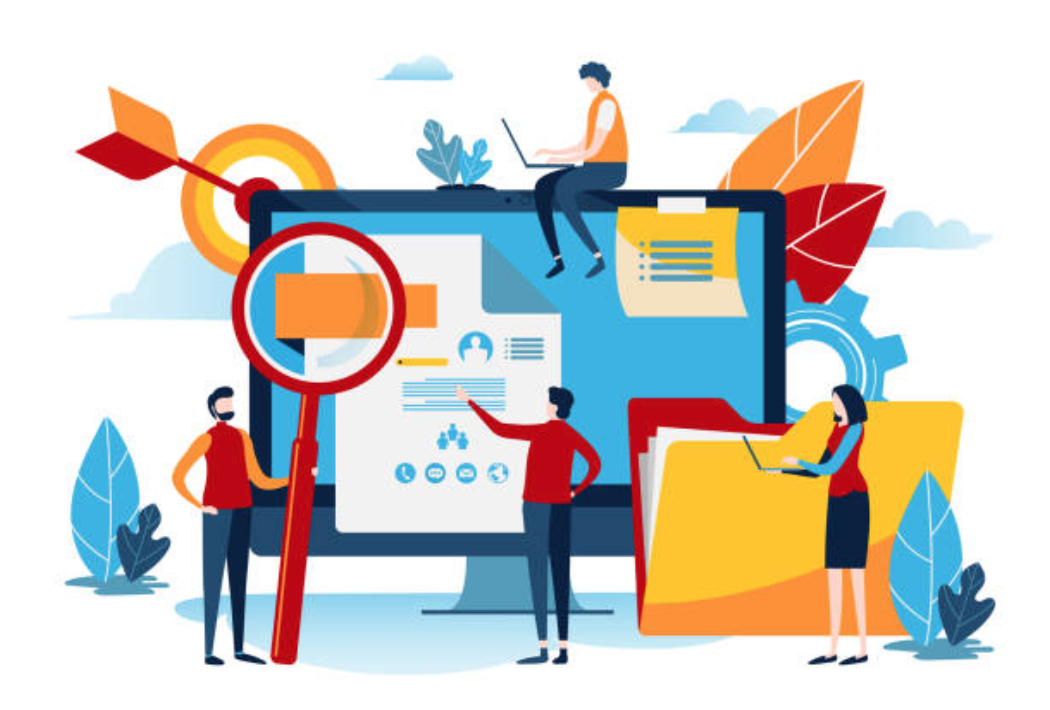(Video) Benefits of CDP Disclosure for First Time Reporters
/If you need to articulate the benefits of CDP disclosure to your company’s decision makers in order to generate internal support for sustainability reporting, then continue reading and watch the free webinar at the end of this post for answers on how your company can benefit from CDP disclosure.
Reasons Why Your Company Should Report to CDP
The process of sustainability reporting is often performed by a team who come to value the CDP disclosure as a standardized framework for aggregating all the great work being done already.
You likely have some energy efficiency projects underway.
You might have a target for reducing your GHG emissions or energy use.
There may be a C-suite champion or one on the board who surfaces climate related issues for evaluation.
Maybe you have made capital investments to adapt to severe weather events.
Convening this group of people from across your company to work on your CDP disclosure will result in an inventory of all the existing investment of time and money and a better assessment of your own capacity to track climate related metrics and optimize internal resources.
As a CDP Accredited Provider, while working with our clients, we often see a host of benefits resulting from both the process of CDP reporting and from the publication of the CDP disclosure itself.
Benefits During the Process of CDP Disclosure
Increases Stakeholder Engagement and Awareness
Greater Organizational Capacity to Track Metrics
Catalyst for Breaking Down Silos, Sharing Knowledge
Surfaces Efficiencies, Cost Reduction Opportunities
Spurs Innovation, Waste Reduction, and Efficiency
Better Risk (and Opportunity) Identification and Management
Generates Body of Consistent Content for Other Disclosure Requests (DJSI, MSCI, etc.)
Benefits After CDP Disclosure
Improved Communication with Investors and Customers
Preferred Status with Customers
Fosters a Culture of Continual Improvement
Competitive Advantage
Secures Reputation and Consumer Trust via Transparency
Improved Business Strategy
Benchmarking with Peers
Recognition for your Performance
CDP Aligns With Other Sustainability Frameworks
CDP has done a fabulous job aligning its questionnaire with other reporting frameworks like DJSI (Dow Jones Sustainability Indices) and GRI (Global Reporting Initiative). There are also explicit linkages to the TCFD (Task Force on Climate-related Financial Disclosures) recommendations and various SDGs (Sustainable Development Goals) within the CDP structure. So the content you create for your CDP disclosure can serve as a body of consistent content for other disclosures.
Another benefit of publishing a CDP report is a reduced reporting burden. Many companies’ GRI or CSR (Corporate Social Responsibility) reports refer readers directly to their CDP counterpart.
Enhance Communication and Transparency
Once you have disclosed, your published CDP report improves your communication with investors and customers and demonstrates your transparency and proactive approach towards climate related risks and opportunities.
Public CDP Disclosure: If you choose to disclose publicly, your completed disclosure becomes a publicly available document for reference by other ratings organizations.
Private CDP Disclosure: If you choose to disclose privately, CDP investor signatories, many of whom are likely shareholders of your company, will be able to access the data.
Gain a Competitive Advantage with Peer Benchmarking
The ability to benchmark is another powerful benefit of publishing a CDP disclosure. Management teams who compare the CDP disclosures of high-performing peers to their own are often spurred to embark on more ambitious projects to gain a competitive advantage and seed innovation. Your investors and customers will be able to see this progression and reward you accordingly.
Improve Your Sustainability Performance
What I find especially true for new CDP responders, is that your first time through this disclosure will help you identify areas to consider as you improve your own business strategy and sustainability report in future years.
Once you’ve published your first CDP disclosure, your next steps may be:
Get climate related issues on the standing board agenda
Integrate climate related risks into your enterprise risk management system
Use climate-related scenario analysis into your business strategy
Address climate related vulnerabilities in your supply chain
New Responder Webinar - CDP & KERAMIDA
Watch the webinar below, co-hosted by CDP & KERAMIDA on June 25th, which reviews the basics of CDP and the benefits of disclosure, and shares tips and resources for companies considering disclosing for the first time in 2019. Don’t miss the valuable Q&A section at the end!
Need help? If you have additional questions about CDP reporting, or would like help with your 2019 CDP disclosures (Climate Change, Water or Forestry) please contact us or call us today at (800) 508-8034 to speak with one of our CDP experts who can work with you in-person or remotely.
Contact:
Nick McCreary, M.S., LEED AP BD+C
Senior Vice President, Sustainability
KERAMIDA Inc.
Contact Nick at nmccreary@keramida.com










